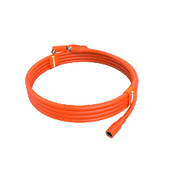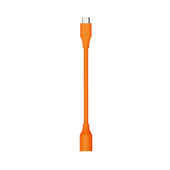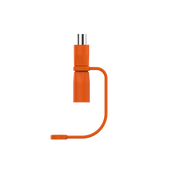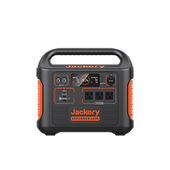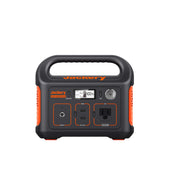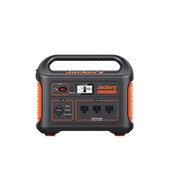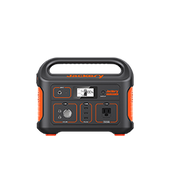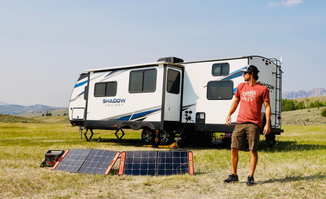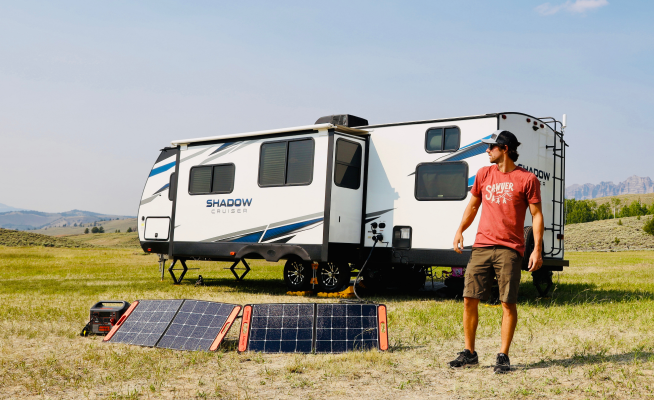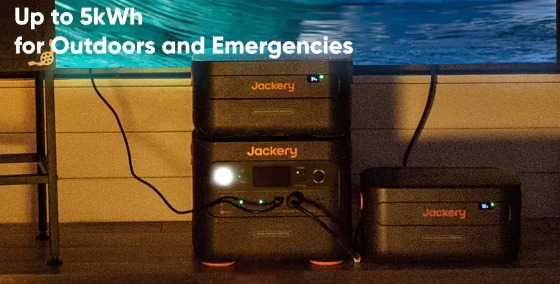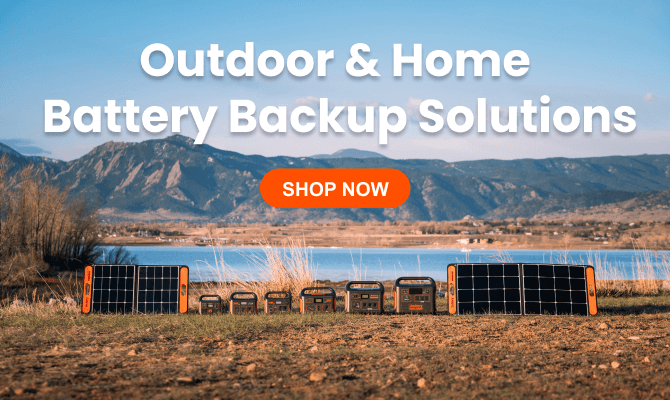Flash floods are unexpected natural disasters with catastrophic consequences since they can destroy property and endanger lives. Flash floods are sudden and intense floods in low-lying areas like rivers, dry lakes, and depressions. They are caused by intense precipitation or rapid snowmelt in a short period. They strike unexpectedly, threatening life, property, and infrastructure. In countries like Canada, where weather can change rapidly, flash floods are a big problem.
Given the country's history of flooding, Canadians need to understand the dangers of flash floods and the importance of being prepared. Knowing what to do when you receive a flash flood warning is critical for keeping yourself and your loved ones safe. So, without further ado, let's get started.
Flash Floods in Canada and Their Impact
Flash floods have caused significant damage and disruption to many locations around the globe, but in Canada, they are the most frequent natural hazards. Let us recall a few severe flash floods in Canadian cities:
1. Flash Flooding in Calgary
Known for its numerous skyscrapers, Calgary is one of the top cities in Canada due to its fantastic healthcare, economic growth, vibrant culture, and environment. However, the city frequently experiences flash floods caused by heavy rainfall or snowmelt. The Rocky Mountains on either side of the city sometimes worsen flooding by directing water downhill into lower-lying areas.
In June 2013, Calgary experienced one of its most devastating flash floods. Heavy rainfall and melting snowpack in the Rocky Mountains caused rapid and intense flooding in southern Alberta watersheds. The Bow and Elbow rivers, which flow through Calgary, swelled to unprecedented levels, flooding homes, businesses, and infrastructure. The city responded quickly by issuing flood warnings, activating emergency plans, and evacuating over 80,000 people from high-risk areas.[1]
The impact of the 2013 flash flood in Calgary was massive, with many lives lost, thousands of people displaced, and billions in financial losses due to property and infrastructural damage. The city suffered severe damage to both private and public property. People also realized the importance of an effective emergency flood warning system.
2. Flash Flooding in Ottawa
Canada's capital, Ottawa, is vulnerable to flash flooding, especially during times of high rainfall or snowmelt, due to its location at the meeting point of the Ottawa, Gatineau, and Rideau rivers.
In August 2023, Ottawa experienced a devastating flash flood that caused widespread chaos and damage to the city. A flash flood alert was issued because of intense storms that caused heavy hail and strong winds, resulting in more than 77 mm of rain in a short period. [2] The sudden deluge flooded the city's drainage systems, transforming roads, parking lots, and properties into massive lakes.
The effects of the flash flooding in Ottawa were upsetting. Motorists had to abandon their vehicles, most major roads were closed, and public transportation was severely disrupted. Floodwaters reached up to three feet in some areas, causing extensive property damage and endangering residents. It flooded homes, basements, and businesses in several neighborhoods. Local officials referred to the flooded streets as "street rivers," highlighting the gravity of the situation. In addition to property damage, localized power outages affected thousands of people.
Despite the difficulties, city officials and emergency services worked tirelessly to deal with the flood's aftermath, providing resources to help affected citizens and restore vital services. After the flash flood, rescue plans and drainage systems in Ottawa were updated, and the residents were educated and warned about waterway risks.
Understanding Flash Flood Warning Systems in Canada
Flash flood warning systems are necessary to maintain public safety during severe weather conditions. In Canada, these flash flood warning systems provide timely alerts and information to the general public, enabling them to take necessary precautions and avoid possible threats.
1. Overview of the Current Warning Systems
Canada has many public emergency alert systems that send real-time flood alerts to mobile devices. Many provinces also have flood forecasting programs to warn about flooding due to heavy rainfall and snow melt. These flash flood warning systems use satellites, weather stations, meteorological forecasts, computer models, and river gauges to monitor the weather and identify potential flash flood risks. Analyzing data and rainfall patterns helps forecast if a flash flood will occur.
2. How Warnings Are Communicated to The Public?
When a flash flood warning is issued, you will receive alerts via multiple channels to ensure your safety. Emergency alert systems deliver messages directly to your cell phone, radio, and television. Moreover, public announcements from local authorities and emergency services provide critical information about evacuation orders, road closures, and security measures.
Besides flash flood warnings, updates on official government websites and social media platforms keep you informed in real time and provide guidance during emergencies. Using these communication channels, you can prepare and take the necessary steps to protect yourself and your family from the dangers of flash flooding.
Steps to Take When a Flash Flood Warning is Issued
You must act quickly and decisively when a flash flood warning is issued. The following four steps will help you guarantee your safety.
Stay Informed
After receiving a flash flood warning, you must stay informed and rely on trusted sources such as radio, TV, or weather apps. Keep track of updates and warnings issued by local authorities and pay close attention to evacuation orders and any additional instructions you may receive. Remaining aware of the evolving situation is important for making informed decisions and taking the necessary steps timely to protect yourself and ensure the safety of your loved ones.
Have an Emergency Kit Ready
Knowing the weather conditions in Canada, you should have an emergency kit ready in advance to ensure you have all the essential supplies in case a flash flood occurs. You should not wait for a flash flood warning. Your emergency preparedness kit should consist of water, non-perishable food, first aid supplies, a flashlight, batteries, and important documents such as identification and insurance paperwork. To facilitate quick access in an emergency, keep the kit in an easily accessible location that all family members are familiar with.
Create an Evacuation Plan
You and your household members must devise a clear evacuation plan for a quick and well-organized escape after receiving a flash flood warning. To create one, identify multiple escape routes from your home to a safe place and select one that you know will safely take you to your destination. Use the gathered information to determine the route. You should also mark shop if you need any supplies and finalize communication methods in case you are separated from your family or companions.
Move to Higher Ground
When you receive a flash flood warning, prioritize moving to higher ground immediately. Avoid low-lying areas, riverbanks, and flood-prone areas where water levels can rise quickly. Avoid flooded roads, bridges, and underpasses, as they pose significant risks. If possible, seek shelter in sturdy buildings on elevated ground and stay inside until it is safe to go outside. Taking quick action to get to higher ground can reduce the likelihood of being trapped in dangerous floodwaters.
The Role of Solar Generators in Flash Flooding
Blackouts during natural emergencies, especially flash floods, are common, but solar generators can play an important role in providing consistent power to affected areas during flash flooding. They use solar energy to provide an environmentally friendly and dependable source of electricity when traditional power sources are disrupted. Here is how they contribute:
1. Sustainable Power Source
A solar power generator provides reliable and stable power during any natural disaster, including flooding. They harness solar energy, ensuring continuous access to electricity even when the grid fails due to flooding. This renewable energy source powers critical devices, which are required to maintain public safety and support rescue operations on every level. Solar generators allow communities to function effectively during emergencies by providing uninterrupted power, reducing the impact of flash floods on critical services and infrastructure.
2. Emergency Communication
Communication during flash floods is necessary for coordinating efforts and ensuring personal and public safety. Solar generators play an important role in powering communication devices like radios, cell phones, and emergency radios. These devices help responders, authorities, and affected people communicate on time, allowing important information and evacuation notices to be distributed. With dependable communication channels powered by solar generators, users can stay informed about the changing situation, receive timely updates, and effectively coordinate rescue operations, thereby reducing the risks posed by flash flooding disasters.
3. Lifesaving Appliances
During floods, vulnerable people require immediate access to essential medical equipment. Solar generators can come in handy by powering lifesaving equipment to support individuals with medical needs and improve emergency medical services. They can make oxygen concentrators, defibrillators, mobile dialysis units, and other medical equipment run continuously.
Solar generators help reduce the risk of negative health outcomes and provide timely medical interventions for affected individuals, ultimately saving lives and promoting community resilience in the face of flash flood disasters.
4. Lighting Solutions
After a flash flood, adequate lighting is necessary to maintain safety and facilitate rescue efforts. Solar generators provide power for lighting systems such as LED lamps and floodlights, illuminating homes, emergency shelters, evacuation centers, and disaster response sites. These lighting solutions improve visibility and safety for responders and affected individuals. Solar-powered lighting solutions also help facilitate search and rescue operations, allowing for efficient navigation through affected areas and improving overall security, fostering community resilience and recovery in the aftermath of a flash flood disaster.
Looking for a high-quality solar generator? You must buy from reputable brands such as Jackery for the best results.
Jackery Solar Generators for Flash Flood Preparedness
Living in a flash flood-prone area like Calgary and Ottawa requires you to be prepared for emergencies. That is why we recommend Jackery solar generators for effective flash flooding preparation.
1. Jackery Solar Generator 1000 Plus
If you are looking for a dependable, consistent power source for emergencies such as flash flooding, the Jackery Solar Generator 1000 Plus can be an excellent option. The solar generator is expandable to 5 kWh of capacity, which is sufficient to keep essential electronic devices running smoothly, including lights, essential appliances, and communication systems.
With its expandable capacity and quick charging capabilities, this solar power generator is a practical and effective solution for dealing with flash floods and their aftermath. You can depend on the Jackery Solar Generator 1000 Plus to keep you powered up, safe, and connected during floods and other emergencies.

2. Jackery Solar Generator 2000 Plus
Thanks to its massive, sustainable, and reliable power supply, Jackery Solar Generator 2000 Plus is an incredible option for preparing for all types of emergencies, including flash floods. The generator provides an expandable capacity of up to 24 kWh, which will keep all your appliances and devices running during longer emergencies. Moreover, it can power your heavy-duty devices up to 6000W. Its high-powered performance and expandable capacity make it capable of handling various situations, from emergencies to off-grid living and camping.
The powerhouse is designed to last, with its durable construction and LiFePO4 battery having a 10-year lifespan. Besides its stellar ultra-fast charging capabilities (it is fully recharged with an AC adaptor in just 2 hours), its battery is protected with Jackery’s ChargeShield tech, which boosts the battery life.

Conclusion
Flash floods can hit anytime, so you should not wait for a flash flood warning alert. The best thing you can do is to be prepared to reduce the risks associated with flash floods. Having an emergency kit with necessary supplies, developing an effective evacuation plan, and staying updated on weather and flood warnings are all important for preparedness. One vital part is to have access to consistent and reliable power supply, such as solar panels and portable power stations.
Jackery offers many reliable solar power generators, with its Jackery Solar Generator 1000 Plus and Jackery Solar Generator 2000 Plus models being no exception. The generators provide expandable capacity, support fast charging through multiple methods, and function quietly, making them ideal for outdoor adventures, off-grid living, and, of course, emergencies. With advanced technology and proven reliability, Jackery generators are essential for anyone preparing for flash floods or other emergencies.
Reference
[1] Flooding in Calgary - Flood of 2013. Available at https://www.calgary.ca/water/flooding/history-calgary.html (Accessed on April 1st, 2024)
[2] Ottawa sees 75-100 mm of rain in six hours, flooding roads and properties. Available at https://ottawa.ctvnews.ca/ottawa-sees-75-100-mm-of-rain-in-six-hours-flooding-roads-and-properties-1.6513188(Accessed on April 1st, 2024)






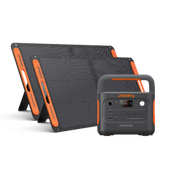


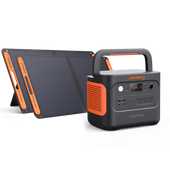

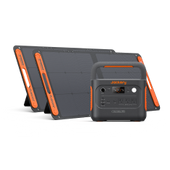
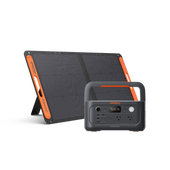
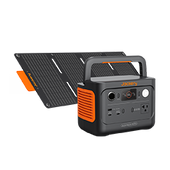
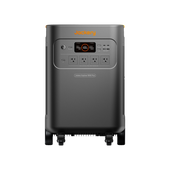
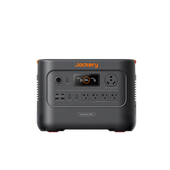
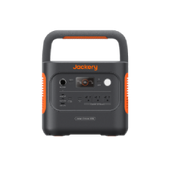
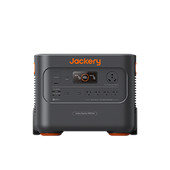
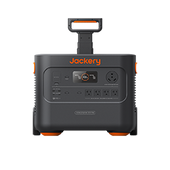

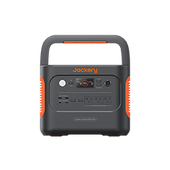
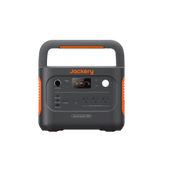
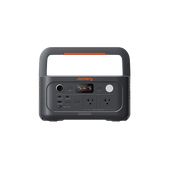

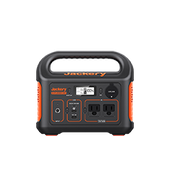
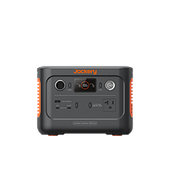
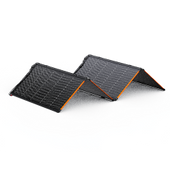
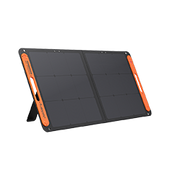


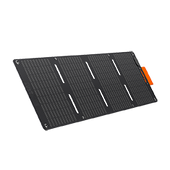
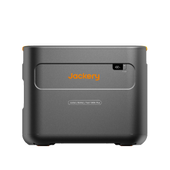
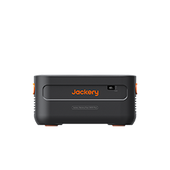
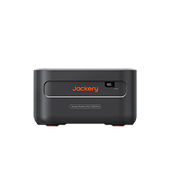
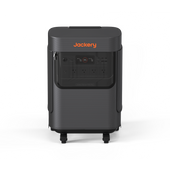
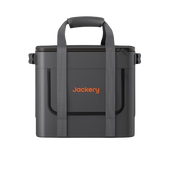
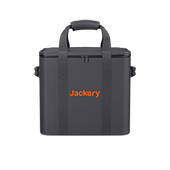
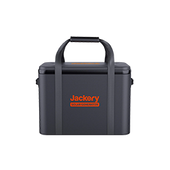
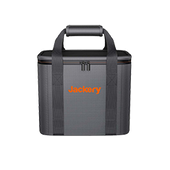
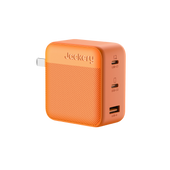
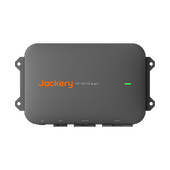
![[Add-on] Jackery Manual Transfer Switch for Explorer 5000 Plus](http://ca.jackery.com/cdn/shop/files/add-on-jackery-manual-transfer-switch-for-5000-plus-240V.webp?v=1757043692&width=170)
